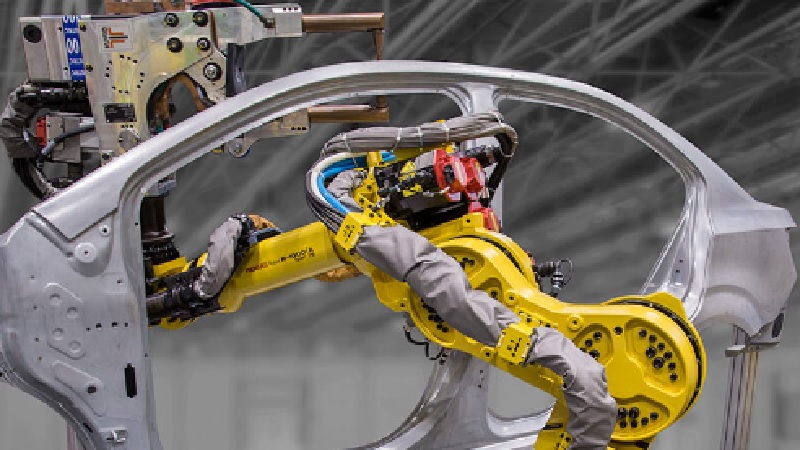
The global market for rheumatoid arthritis treatments is expected to grow at a CAGR of...
Learn More
Our consulting solutions address company specific challenges with respect to micro environment...
Learn More
Organizations frequently need day-today research guidancein order to gain strategic...
Learn More
Exploring different areas of market research and market analysis is a key factor...
Learn MoreAcute Market Reports presents the most extensive global business research services across industries. Our research studies focus on potential outcomes, benefits, and risks associated with each market segment across geographies. Having served our global clients for more than 10 years, our prime priority is to enable our clients in making well-informed business decisions through a data-driven, analytical, and uncomplicated research approach.
We provide access to the world's most comprehensive, analytical, and updated business intelligence services and solutions.




The glycol antifreeze market is expected to grow at a CAGR of 6.6% during the forecast period of 2025 to 2033. The market drivers, including the rising demand for ethylene glycol, growing adoption of HOAT, and increasing demand for propylene glycol i...
Read More
The 7-axis industrial robot market refers to the market for industrial robots that have seven axes of motion. These robots are capable of more complex movements and are often used in applications that require a high degree of precision and flexibility. The market for ...
Read More
The photonic integrated circuits (PIC) market is expected to experience a CAGR of 29.5% during the forecast period of 2025 to 2033. The PIC market's growth is propelled by drivers such as the exponential growth in data traffic, advancements in teleco...
Read More




